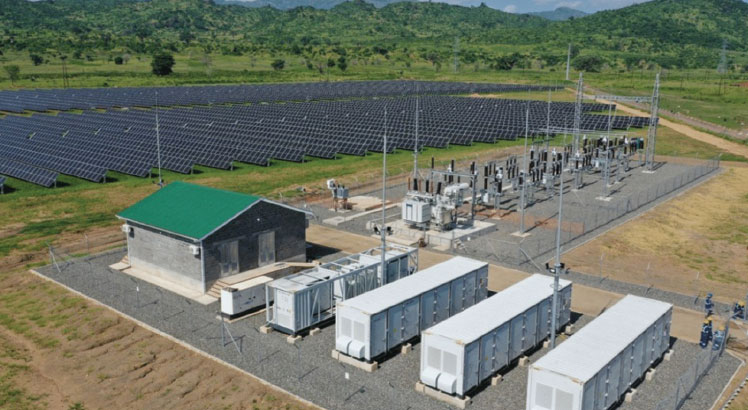Some licensed IPPs fail to roll out
Ministry of Energy says only four out of 28 independent power producers (IPPs) that were licensed in 2017 are operational, a development that has affected the country’s energy needs.
The ministry’s data shows the four operational IPPs include JCM’s 60 megawatt (MW) and 20MW Solar Photovoltaic power plants in Salima and Golomoti in Dedza, respectively, 8.2MW Mulanje Hydro Limited and Cedar Energy in Mulanje, which has fed 3.06MW into the national grid.
In a written response on Friday, Ministry of Energy spokesperson Upile Kamoto said although government signed agreements with other IPPs, most of them have failed to meet the stipulated deadlines, largely due to financial constraints.
“It is worth noting that most power generation projects are capital-intensive, as such, it is not easy for the IPPs to secure funding for their investments,” she said.

Kamoto said after learning from several experiences with IPPs in the last five years, the ministry is reviewing the IPP framework to make it more vibrant and clear.
But she said another IPP Serengeti Energy in Nkhotakota is about to be commissioned, which will bring the number of operational IPPs to five.
Kamoto said the project is nearing completion and will soon add 21MW to the national grid
Ministry of Finance and Economic Affairs data contained in the 2023 Malawi Government Annual Economic Report shows the 28 IPPs were estimated to bring 2 164MW to the national grid.
The data further shows of the IPPs that are yet to roll out, nine are on power purchase agreement stage, 13 undergoing a full feasibility study and two waiting for a financial clause.
The Malawi Government is expected to add 343.26MW to the national grid by 2024 to be generated from nine IPPs, which were approved and signed power purchase agreements with Electricity Supply Corporation of Malawi (Escom).
Speaking in interview on Saturday, energy expert and former Escom chief executive officer Kandi Padambo said while it is true that power generation is capital-intensive, electricity tariffs in the country are too low to attract investment.
He said international surveys show that the proportion of average income in Malawi expended on a unit of electricity is much higher than in most countries.
Padambo said: “Increased tariffs may attract new investment, but the higher tariffs may result in the reduction of demand for electricity. That is the paradox.
“We must also not forget that power from renewable energy sources has a hidden cost which lies in the intermittency of the sources depending on meteorological conditions.”
Padambo urged government to focus on developing the many hydro generation sites that have already been identified in the country.
“IPPs should only complement. If we continue to mainly rely on renewable energy IPPs, then forget about achieving Malawi 2063 aspirations in the power sector,” he said.
Currently, Malawi has a projected demand of 618MW against the current installed capacity of 539MW.
At the moment, the country is facing power deficit following the damage of 130MW Kapichira Hydro Power Station in January 2022 by Tropical Storm Ana.
According to Malawi’s Integrated Resource Plan, Escom aims to supply electricity to close to 30 percent of the population by 2030, increasing generation levels to 1 875 MW.
To meet the growing demand, new generation capacity needs to be integrated into the grid on an average annual basis of 157MW over the planning horizon, according to the plan.





